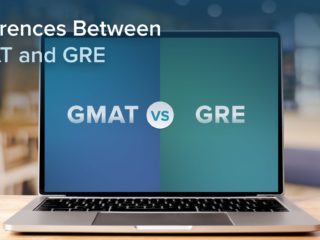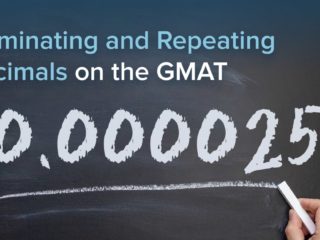Last Updated on May 9, 2023
GMAT OFFICIAL GUIDE DS
Solution:
We are given that material A costs $3 per kilogram and that material B costs $5 per kilogram. We also know that 10 kilograms of material K consists of x kilograms of Material A and y kilograms of Material B. Thus, the cost equation of Material K is:
3x + 5y= Cost
The weight of material K is x + y. Since we know that the weight of material K is 10, we can say:
x + y = 10
We must determine whether x > y.
Statement One Alone:
y > 4
Knowing that y is greater than 4 does not provide enough information to determine whether x > y. For example, if y = 5, then x = 5 and x is not greater than y. However, if y = 4.5, then x = 5.5 and x is greater than y. Statement one alone is not sufficient to answer the question. We can eliminate answer choices A and D.
Statement Two Alone:
The cost of the 10 kilograms of Material K is less than $40.
Using the information in statement two we can use the cost equation to create the following inequality.
3x + 5y< 40
We also have the weight equation x + y = 10. Isolating for x we have:
x = 10 – y
Using x = 10 – y, we can substitute 10 – y for x in the inequality 3x + 5y < 40.
3(10 – y) + 5y < 40
30 – 3y + 5y < 40
30 + 2y < 40
2y < 10
y < 5
Since x + y = 10, and y is less than 5, we see that x will always be greater than y. Statement two alone is sufficient to answer the question.
Answer: B



